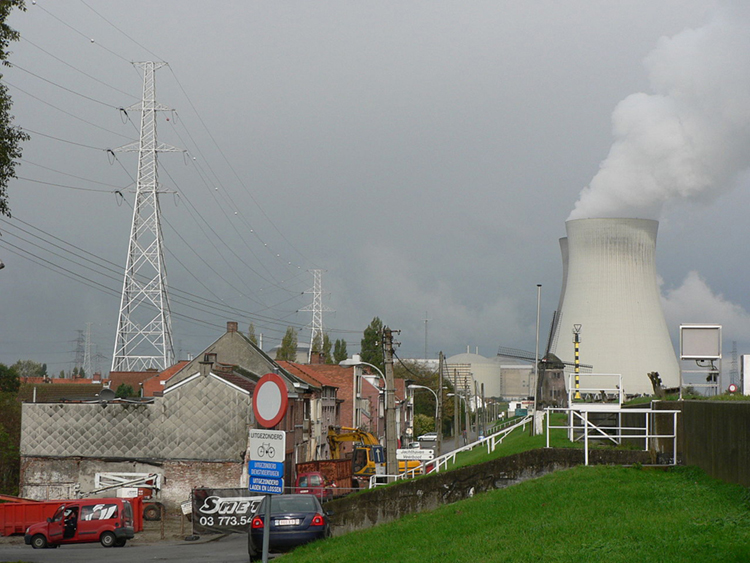| << Chapter < Page | Chapter >> Page > |
Nuclear fission is a reaction in which a nucleus is split (or fissured ). Controlled fission is a reality, whereas controlled fusion is a hope for the future. Hundreds of nuclear fission power plants around the world attest to the fact that controlled fission is practical and, at least in the short term, economical, as seen in [link] . Whereas nuclear power was of little interest for decades following TMI and Chernobyl (and now Fukushima Daiichi), growing concerns over global warming has brought nuclear power back on the table as a viable energy alternative. By the end of 2009, there were 442 reactors operating in 30 countries, providing 15% of the world’s electricity. France provides over 75% of its electricity with nuclear power, while the US has 104 operating reactors providing 20% of its electricity. Australia and New Zealand have none. China is building nuclear power plants at the rate of one start every month.

Fission is the opposite of fusion and releases energy only when heavy nuclei are split. As noted in Fusion , energy is released if the products of a nuclear reaction have a greater binding energy per nucleon ( ) than the parent nuclei. [link] shows that is greater for medium-mass nuclei than heavy nuclei, implying that when a heavy nucleus is split, the products have less mass per nucleon, so that mass is destroyed and energy is released in the reaction. The amount of energy per fission reaction can be large, even by nuclear standards. The graph in [link] shows to be about 7.6 MeV/nucleon for the heaviest nuclei ( about 240), while is about 8.6 MeV/nucleon for nuclei having about 120. Thus, if a heavy nucleus splits in half, then about 1 MeV per nucleon, or approximately 240 MeV per fission, is released. This is about 10 times the energy per fusion reaction, and about 100 times the energy of the average , , or decay.
Calculate the energy released in the following spontaneous fission reaction:
given the atomic masses to be , , , and .
Strategy
As always, the energy released is equal to the mass destroyed times , so we must find the difference in mass between the parent and the fission products.
Solution
The products have a total mass of
The mass lost is the mass of minus , or
so the energy released is
Discussion
A number of important things arise in this example. The 171-MeV energy released is large, but a little less than the earlier estimated 240 MeV. This is because this fission reaction produces neutrons and does not split the nucleus into two equal parts. Fission of a given nuclide, such as , does not always produce the same products. Fission is a statistical process in which an entire range of products are produced with various probabilities. Most fission produces neutrons, although the number varies with each fission. This is an extremely important aspect of fission, because neutrons can induce more fission , enabling self-sustaining chain reactions.

Notification Switch
Would you like to follow the 'College physics' conversation and receive update notifications?